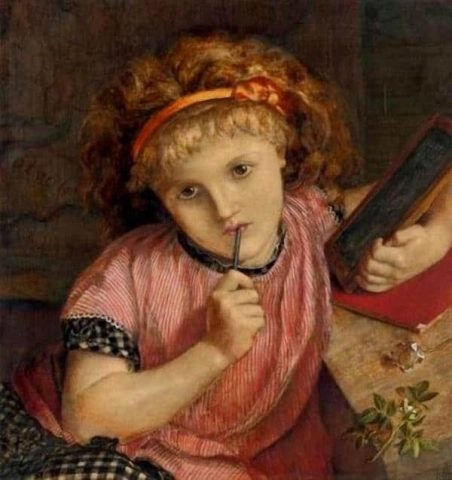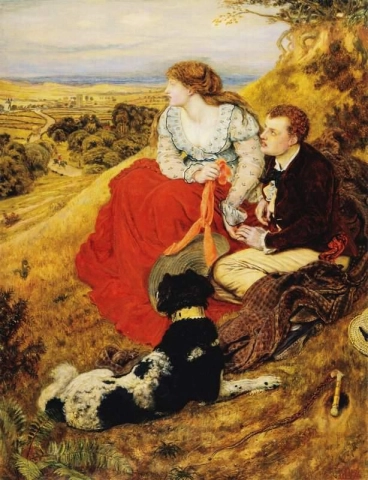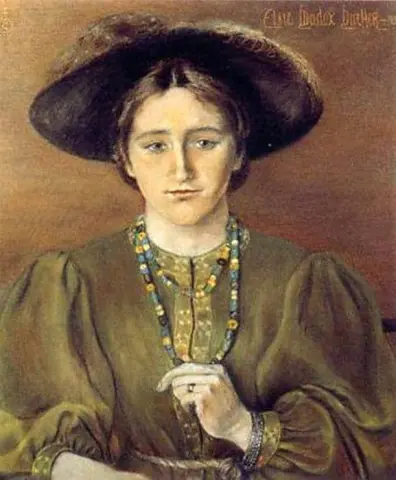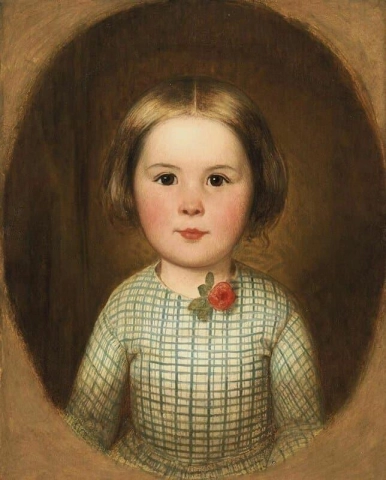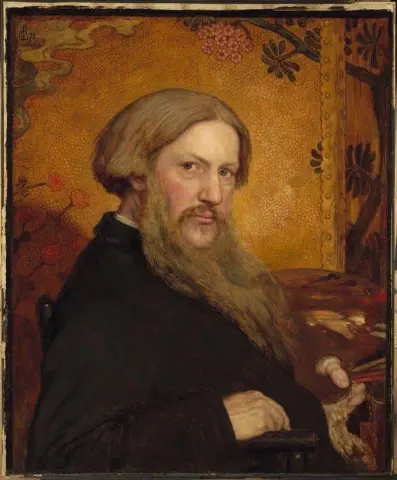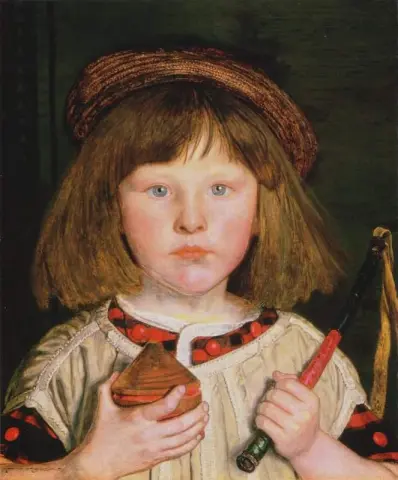Hand-painted painting reproductions - Artists - Brown Ford Madox
Imagine owning an original work of art by Brown Ford Madox, one of the greatest artists in history. At POD we offer you the opportunity to make this dream come true. We reproduce Brown Ford Madox's works down to the smallest detail, so you can enjoy them in your own home.
Our reproductions are made by experienced artists who use the best materials and techniques. We are dedicated to providing you with the highest quality works of art, which will bring joy and inspiration to your family for generations.
Ford Madox Brown (1821–1893) was a British painter and one of the key figures associated with the Pre-Raphaelite Brotherhood, a revolutionary artistic movement that sought a return to the sincerity and detailed techniques of early Italian art before the High Renaissance. Born in Calais, France, Brown spent much of his life in England, making significant contributions to the Victorian art scene.
Brown's early training involved studying at Antwerp Academy and later in Rome, where he developed a deep appreciation for the art of the Italian Renaissance. This influence, combined with his dissatisfaction with the contemporary art scene, led to the formation of the Pre-Raphaelite Brotherhood in 1848, along with Dante Gabriel Rossetti and John Everett Millais.
Known for his detailed and richly colored works, Brown's paintings often delved into historical, literary, and social themes. One of his most renowned paintings is "Work" (1852–1865), a monumental piece depicting the various social classes engaged in different forms of labor. This painting exemplifies the Pre-Raphaelite commitment to meticulous detail and a realistic representation of contemporary life.
Brown's contributions to the Pre-Raphaelite movement extended beyond his art; he was a strong advocate for social reform and political activism. His work often addressed social issues and the plight of the working class, reflecting his belief in art as a force for social change.
In addition to his historical and social paintings, Brown was a portraitist, capturing the likenesses of notable figures of his time. His intricate and emotionally charged portraits, such as that of his wife, Emma Hill (1853), exemplify his skill in conveying both the physical and emotional aspects of his subjects.
Despite facing financial struggles and receiving mixed critical reviews during his lifetime, Ford Madox Brown's impact on the art world endured. His commitment to detailed craftsmanship, historical narratives, and social commentary left an indelible mark on the Victorian art scene, influencing subsequent generations of artists. Today, Ford Madox Brown is recognized as a central figure in the Pre-Raphaelite Brotherhood, and his works are celebrated for their complexity, narrative depth, and contributions to the broader evolution of British art in the 19th century.

